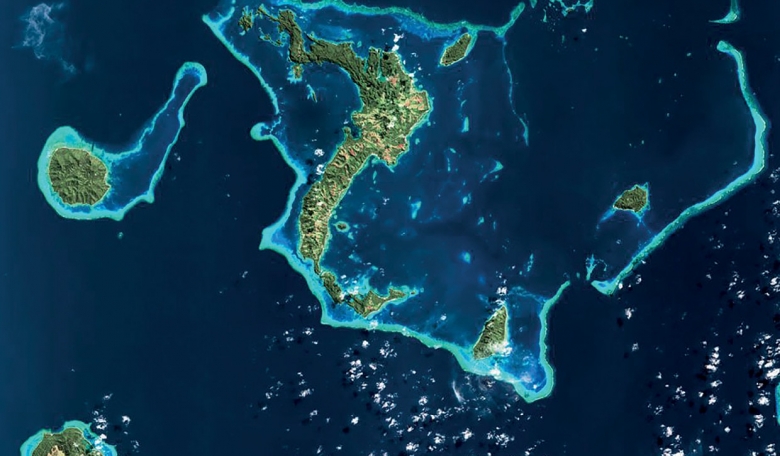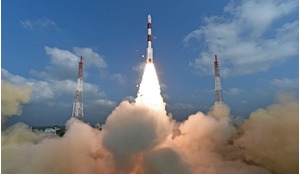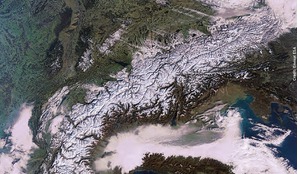The growth in demand for Earth observation (EO) data has triggered significant interest by established operators and NewSpace companies whose strategies are a mixture of higher resolution and higher revisit. There are two main options: the high end approach, with increased imagery resolution for customers acknowledging the value of these products and the service approach, which assumes that value comes from the information and services derived from EO data. Expanding on their first article on disruptive trends in EO (ROOM, Summer 2017), the authors now add a prospective dimension, reviewing possible scenarios and their consequences, addressing the convergence between commercial capacities and defence needs and identifying threats and growth opportunities for European actors.
High resolution imagery is the main commercial market in EO, with a healthy growth: according to Euroconsult’s latest research reports on Earth observation [1], the commercial data market reached US$1.7 billion in 2015 (six percent growth on 2014), largely driven by defence and image intelligence (IMINT), which comprised US$1.1 billion, demonstrating the convergence between commercial capacities and defence needs. Other market shares were below 10 percent. Optical data represented 84 percent of the market. The value-added services market reached US$3.2 billion in 2015.
The development of EO is linked to the worldwide digitalisation of society, with our endless appetite for information, increasing number of data sources, interconnected ecosystems, security issues and national prestige and soft power.
More and more commercial EO satellites will be launched over the next decade, fostered by growing demand and new entrepreneurs: over 400 satellites (> 50kg) and 1200 small satellites (< 50kg) could be launched.
Environmental monitoring, food security and climate change are top priorities in political agendas. Border monitoring and global security are also major trends. Natural resources management, engineering and infrastructure, location-based services (LBS) and defence enable the growth of the very high resolution (VHR) market.
Find out more about the future of Earth observation markets in the full version of the article, available now to our subscribers.














